The Basically Good Media Lab at Emily Carr University of Art + Design is committed to seeing old and new media technologies through fresh eyes and ears for cultural, social, and ecological benefit.
Our research focuses on developing novel forms of storytelling, creative expression, social, ecological and political impact, and community building. We want to support thinking and practicing with technologies by bringing multiple perspectives to the social and environmental issues of our time. In collaboration with students and partners, we aim to learn, teach, and discover the aesthetic possibilities of media forms, using new technologies in ways that are considered and sustainable. Our research draws on duration, slowness, and listening, considering time and place as integral in our understanding of the mediated world.
We recognize that the BGML is on stolen land, the traditional and ancestral territories of the xʷməθkʷəy̓əm (Musqueam), Sḵwx̱wú7mesh Úxwumixw (Squamish), səl̓ilw̓ətaʔɬ (Tsleil-Waututh), and Stó:lo First Nations. We acknowledge that we are uninvited guests on this land. With humility and respect, we are learning about the Nations whose territory we are on and building relations with the land. As a community, we are working together to think about how we are all implicated in colonial structures. Media is complicated. Technology has been used to control and extract, but it has also been used to amplify marginalized voices and bring attention to ecological issues. The BGML is a space to learn from each other and attend to the systems of power we live with and create within. We work to disrupt the exclusion and gate-keeping that is common in media arts communities.
Some facts about the Basically Good Media Lab:
- The Basically Good Media Lab, formerly the S3D Centre, was launched by Dr. Maria Lantin (Director, 2010-23) at the Interactive Futures: Stereo conference in November 2009. The S3D Centre was renamed the Basically Good Media Lab in June 2017 to reflect its wider range of research.
- The BGML team conducts research into a variety of topics, including accessible learning tools, community building around creative technologies, publicly accessible media experiences, media and sound for ecological awareness, embodied technologies, land-informed technologies, listening practices, Virtual Reality as a learning space, multispecies creativity, interspecies communication.
- The BGML team has a technical skill set that includes computer programming, electronics, sound art, composition, interactive programming, film + video, animation, post-production, photography, digital fabrication, prototyping, and production accounting.
- The BGML has access to equipment for the creation and post-production of immersive media content, technical, visual and sound experimentation.
- The BGML has hosted numerous events with speakers representing artists, students, educators, artist run centers, not for profit organizations, local film production/VFX companies, Virtual and Augmented Reality companies and producers.
- The BGML has engaged with over 150 organizations and companies in the lower mainland of British Columbia. We partner with educational institutions, organizations and companies on media topics that align with our mandate.
- The BGML employs graduate, undergraduate and alumni research assistants on its research projects, and assists student researchers in under-supported media realms.
Funding
We gratefully acknowledge the support of the Social Sciences and Humanities Research Council (SSHRC), the Natural Sciences and Engineering Research Council (NSERC), the National Research Council (NRC), Western Economic Diversification (WD), SANDDE, and Mitacs. Our work has also been supported by the the Canadian Foundation for Innovation (CFI), BC Knowledge Development Fund (BCKDF), TELUS, Quantel, Sony, and Panavision.
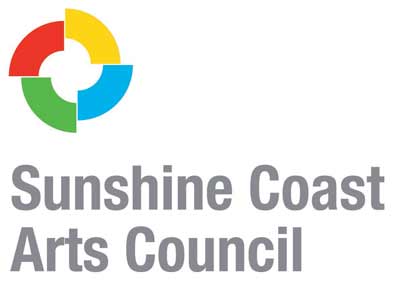
SUNSHINE COAST ARTS COUNCIL – COLLABORATOR

VANCOUVER NEW MUSIC – COLLABORATOR
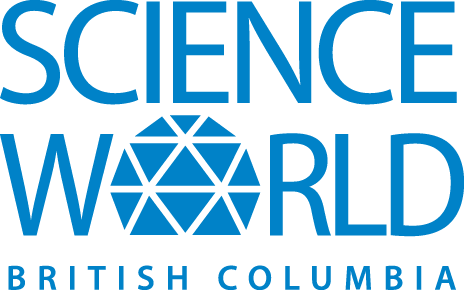
SCIENCE WORLD – COLLABORATOR
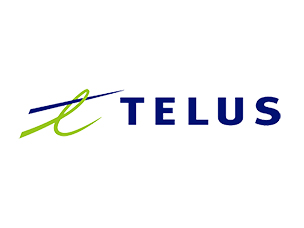
TELUS – COLLABORATOR
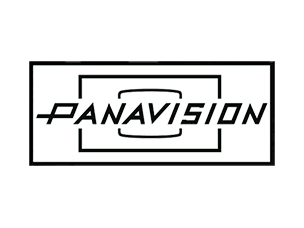
PANAVISION – COLLABORATOR
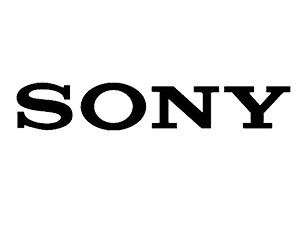
SONY – COLLABORATOR

BCKDF – SPONSOR

SSHRC – SPONSOR
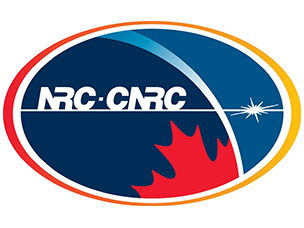
NRC – SPONSOR

NSERC – SPONSOR

CFI – SPONSOR
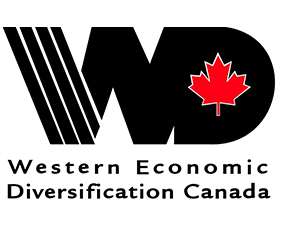
WEDC – SPONSOR
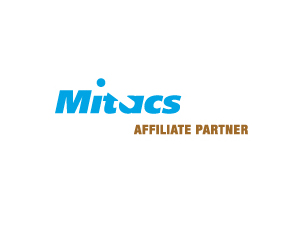
MITACS – SPONSOR
